Considering the often chaotic nature of the way the third year of the World2 Tour actually unfolded, it came as a distinct surprise to me that the region of the World that was always intended to host its final section eventually turned out to be where I completed the Tour, in reality. Beyond that coincidence, however, the similarities were scant at best. In my original plan, for several reasons, the Western Pacific was intended to be one of the major sections of the Tour and, by taking place in a portion of the globe that I had very limited experience with previously, it was perhaps the section that I had anticipated the most. With a considerable effort put forth over several months, I had devised a challenging, but interesting, route that would take me across most of the fascinating locations within that marine-dominated part of the World, with just a minimal use of air transportation. After that long cycling route had been completed, I had expected to undertake another trans-Pacific container ship voyage to conclude the Tour, thereby completing another full circumnavigation. Through all of 2020, and into the following year, it seemed increasingly unlikely that any of those plans would ever come to pass. Fortunately, as 2021 moved forward, slight cracks in the closure regimes in that part of the World began to appear, albeit with exceedingly complex and lengthy procedures. The only advantage to the extra delays and cost which those policies entailed, compounded by the extremely long time required for me to recover from injuries, was that, by the time I had progressed through the initial part of the region, some of my more highly anticipated destinations had also begun to reopen.
Unsurprisingly, under those circumstances, the cycling component of this section suffered the most, and was only a pale reflection of what I had intended. This was extra-unfortunate because when I had left Africa I had, more or less, recovered my level of fitness and what I really needed at the time was an extended period of consistent cycling effort. In my original plan I would have visited ten countries, but in reality I only saw six, with only some overlap between those lists. Thailand, Guam, and Palau were not part of my original plan, but were hastily added, primarily for convenience, with Thailand being a repeat visit and Guam becoming my vaccination waypoint. Eight other countries were originally on my route, but remained closed throughout my time in the area, with a few of those misses causing me some rather intense disappointment. The only three countries that were part of my original route were South Korea, Fiji, and New Caledonia, though technically Korea would have been part of the hypothetical Eurasian Section. Additionally, the widely-dispersed locations of the countries that I did manage to visit, compounded by the continuing lack of transportation options, especially marine transport, meant that moving between those places necessitated an absurd amount of air flights, often several times longer in total than simple geography would normally require. That fact was certainly the most aggravating and disappointing aspect of this revamped section of the Tour, not to mention one of the more costly.
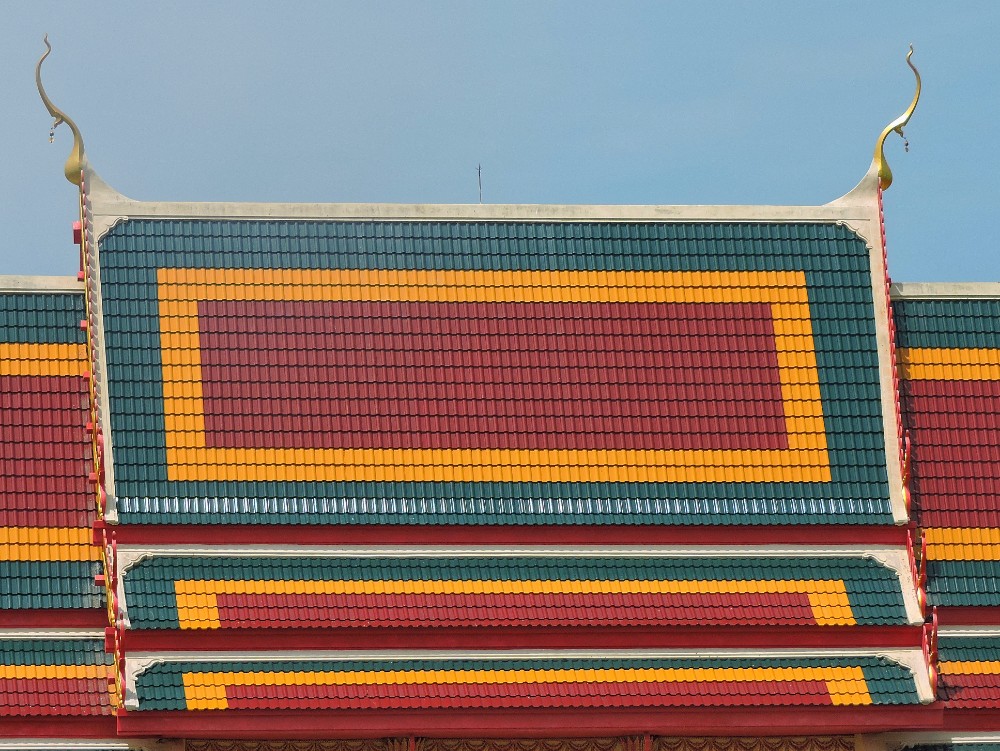
Considering that four of the missed countries were among the largest in the region, it is slightly more understandable that I only accomplished a meager five thousand six hundred seventy kilometers of cycling. My intended route would have been around two and a half times that distance, though it is possible that given the omnipresent heat and humidity found in that area I might have shortened the route somewhat, but certainly not by that much. However, the fact that I was in the region for almost eleven months, two months longer than my significantly-more-lengthy planned route would have entailed, leads to an inescapable conclusion that my cycling performance was entirely below expectations. If I disregard my post-crash performance—only one thousand six hundred kilometers over four months—and ignore the over three and a half months of inactivity lost to quarantines, mechanical delays, and convalescence, the result was slightly better, but still very unsatisfactory. Perhaps I can blame the heat.
While that heat was indeed oppressive almost all of the time, the general cycling conditions I experienced in this section varied considerably from place to place. Guam was, without question, the least pleasant location for cycling of this section, perhaps of the entire Tour, and I am not just saying that because that was where my crash occurred. South Korea, while usually reasonable overall, was difficult to effectively route through and was significantly more urbanized that I usually prefer. New Caledonia and Fiji both had nicer areas and some places that were less desirable, though I would have seen more good conditions if I had more time and better fitness to be able to get further afield. Thailand often provided excellent circumstances, which I found a little surprising based on my previous experiences there several years earlier. Finally, Palau gave me the kind of idyllic cycling conditions that I wished more of the Tour’s locations had exhibited. If only I had been in top form, instead of rehabbing, I could have happily looped around the entire country every day!
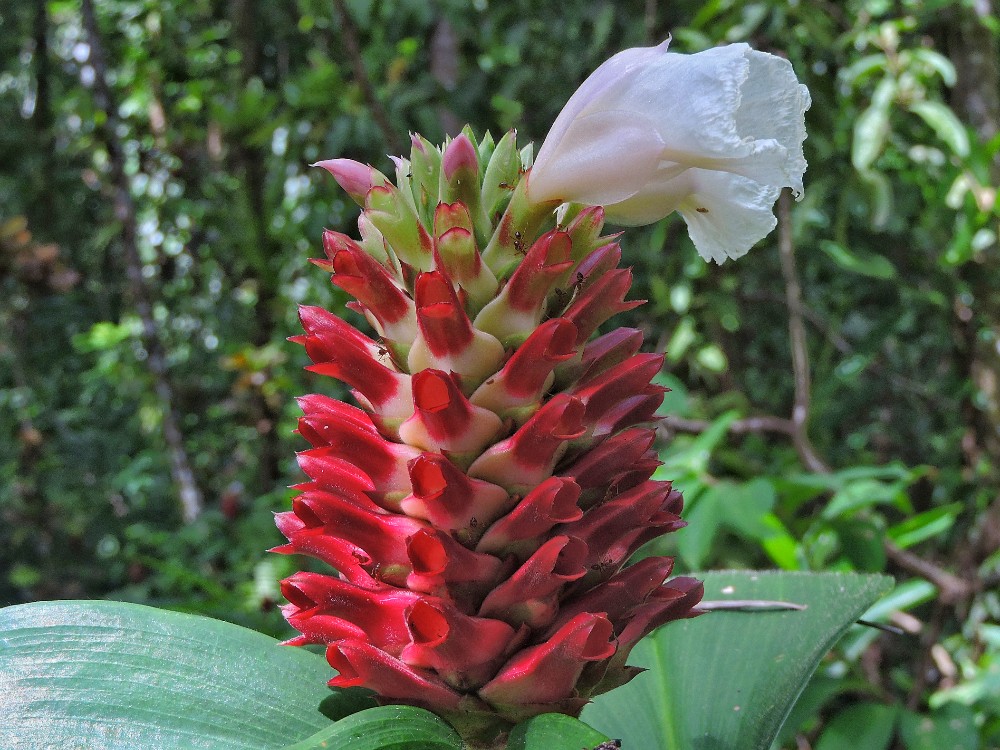
Regarding my policy of seeing all of the reasonably-accessible World Heritage Sites along the Tour route, this section can be considered to have been successful, but with a bit of a caveat. Had I been able to visit all ten of the countries of my original plans, I would likely have been able to see thirteen Sites. In my modified route I actually saw nineteen. The one Site in each of Fiji and New Caledonia were on my original plan, but the nearby Site in Palau was not. However, my tally was aided by my stop in Thailand, where I added three Sites, including one, Kaeng Krachan, that was added to the List just a few weeks after I visited. However, it was South Korea that made the biggest difference. I visited thirteen Sites in that country, which was all but one of the Sites found there at the time (in a bit of a tactical blunder I passed on visiting a proposed Site consisting of Tidal Flats that was generally expected to be rejected, but which was added to the List anyway, an incongruity that does sometimes happen.) The caveat is that, as mentioned above, Korea was supposed to be in the Eurasian section, and in that case I probably would have only stopped at nine Sites, including them in my Eurasian total. Under the circumstances, why would I not count them in Asia-Pacific, so, accordingly, nineteen Sites was my total for this Section.
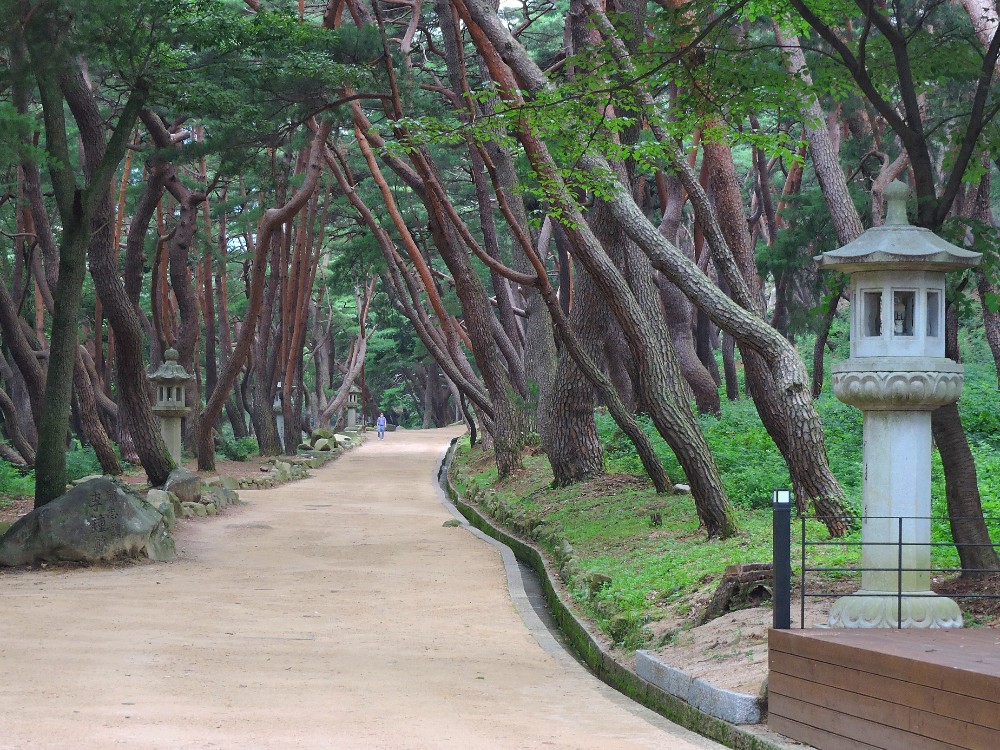
The Sites in the places I wasn’t able to visit included a few that are top-level destinations, so missing them was certainly a blow, and, in general, many of the remaining Sites in the Pacific region may often be considered rather ordinary, compared to the best Sites on the List. Of course, that is a trivial concern, and even an average World Heritage Site will almost always be an interesting and worthwhile place to visit. From these nineteen Sites I probably enjoyed a few of the Korean Sites most of all, especially the peaceful and beautiful Seowan Confucian Academies, the Sansa Mountain Monasteries, and particularly the magnificent Changdeokgung Palace Complex in Seoul. For the Sites in the Natural category, the Rock Islands in Palau really stands out, and I could easily have spent much longer exploring its many islands. Overall, I certainly have nothing to complain about by adding these Sites, all of which I enjoyed, to my personal total.
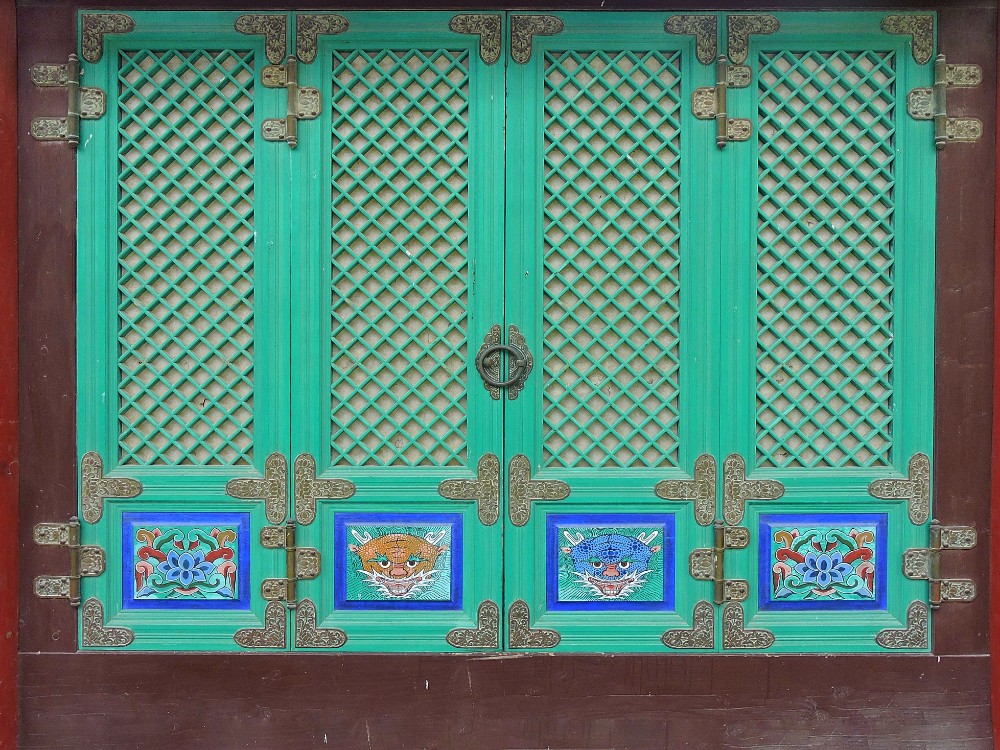
Then, of course, there were the birds. Ah, yes, the birds. I have already written in the Thousandth Bird post about my edging closer to my new species goal for the entire Tour by the time I was ready to leave Africa. To reiterate, I knew that I would achieve my goal during the Asia-Pacific section, but I could only guess exactly when and where that would occur. Unless I cashed in big in Thailand and Korea, something that was theoretically possible, but unlikely unless I stayed in those countries for a very long time, I assumed that I would hit the mark somewhat later, probably in one of the island countries. Islands often host several interesting and distinctive bird species but overall the number of resident species can be relatively low, requiring visits to many different islands in order to build up a lengthy list of sightings. Therefore, I knew that I might need some patience. Of course, I didn’t count on being inactive for so long, which made that requirement much more necessary. In the end, I need not have worried. Over the entire section, I observed two hundred seven Life Birds, which brought the total for the whole Tour to a very satisfying one thousand forty-five. The small overshoot at that point was encouraging, because, while I have been quite confident in my identifications during this Tour, nobody is perfect, so the extra forty-five species gave me a nice buffer against any duplicates, or other potential errors. The patience mentioned above was certainly required, as my rate of new species sightings during the final section was only 0.63 birds per day, or two birds every three days (that rises to just about one per day if I disregard the three months of inactivity,) while for the first four sections I saw 2.2 species per day, or eleven every five days.
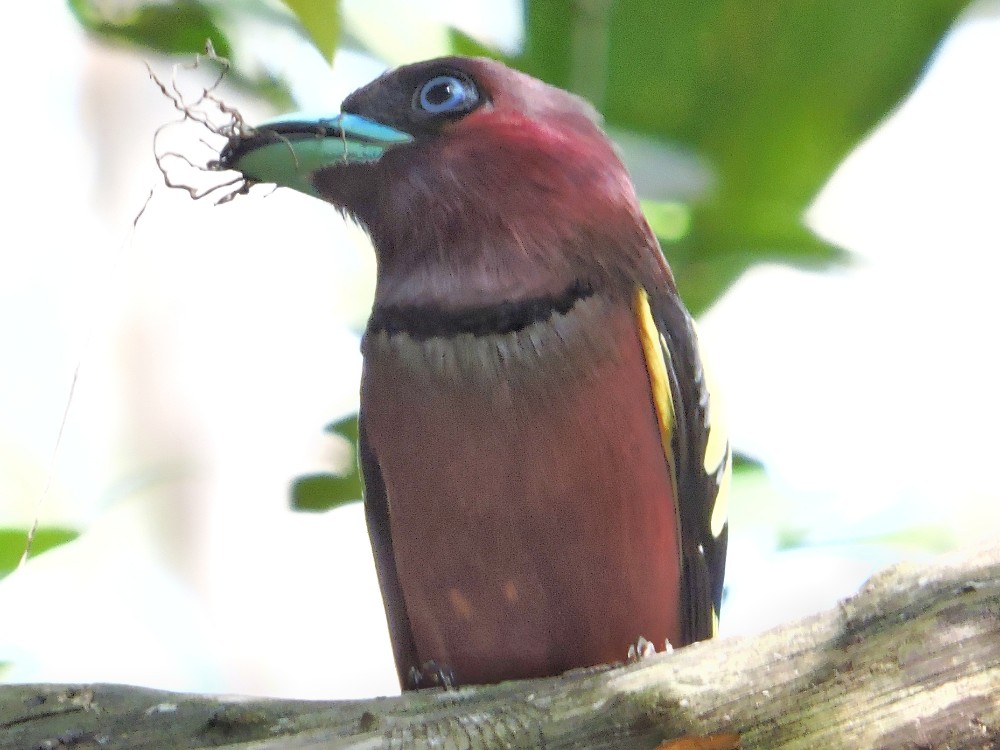
Of course, by that point quantity was not as important as quality, and so I could spend more time on searching for especially beautiful or interesting species. There are certainly a great number of fine examples of such species potentially observable in the lands I traversed during this section. While I did not see all of them, I successfully made sightings of many that were amazing and gratifying. One example was my first Broadbill, shown above, from one of my most desired families at the start of the Tour. With regard to other charismatic groupings of avian species, I happily added seven new Parrots, five Woodpeckers, three Hornbills, and two Bee-Eaters, all off which brought my life totals for some of my favorite Families up to very satisfying levels. I could hardly have asked for more. Well, the upcoming Coda of the Tour will probably give me more, anyway. I will not complain.
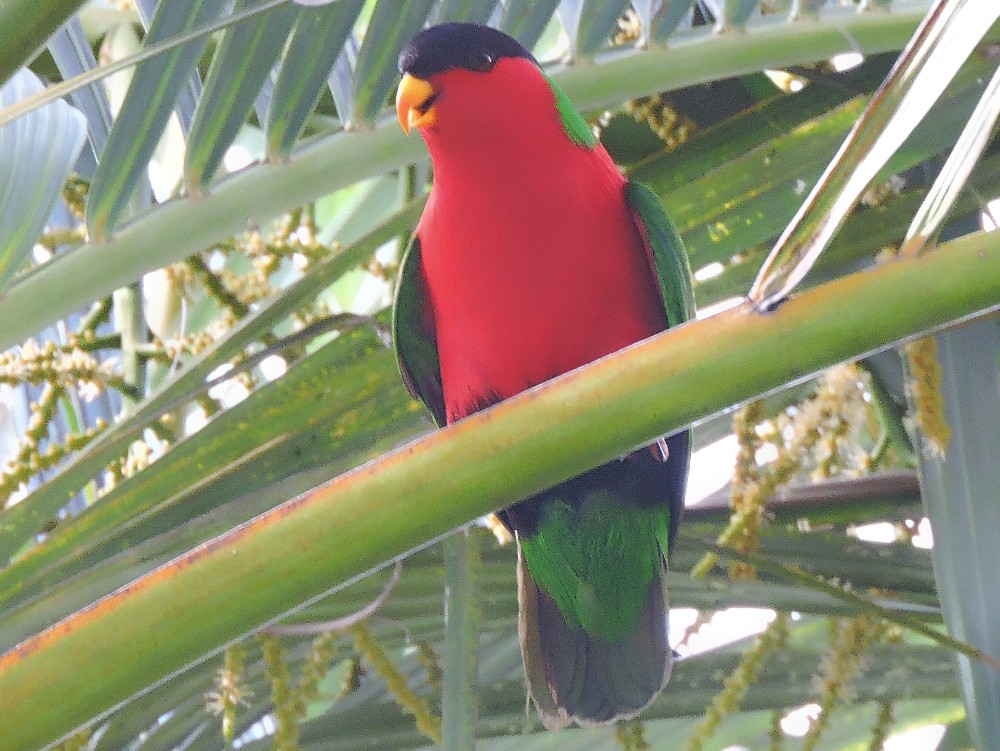
After so much time, effort, misfortune, and satisfaction, that was about everything I was able to include for the Asia-Pacific Section, and, consequently, for the entire official
portion of the World2 Tour! For a long time, I had no reason to believe that I would ever be able to locate any versions of the Tour theme song that had any relevance whatsoever to this part of the World. Then I remembered that I was not far from the general geographic location that gave birth to the oddly bizarre phenomenon of Karaoke. Apparently, Wayfaring Stranger is very popular in the Korean Karaoke scene, and from several available options I selected this slightly quirky version, sung by Sara Jang, who even includes a verse in Korean.
Many thanks to the lands in and around the Blue, Breezy, Pacific for allowing me a way to finish the Tour in a satisfactory manner!
Slava Ukraini!!